Valentine’s Day is fast approaching, and if you’re looking to surprise someone special with a piece of gemstone jewellery, it’s important to consider the way the stone is cut.
When a gemstone is used in jewellery, it is cut depending on two main aspects: the size and shape of the rough stone it comes from, and the desired piece of jewellery that’s to be made.
There are a whole host of gem cuttings styles out there, which all refer to the shape of the gem’s facets and the way the facets are arranged. As we’re sure you’re aware, every gemstone is entirely unique, and the way it is cut can either bring out its beauty or have the entirely opposite effect – so getting it right is vital.
A gemstone is always cut with its own individual inclusions in mind; the whole idea of gem cutting is to accentuate its shine and bring out its sparkle, which is what the great art of lapidary achieves.
So, for an idea about the types of cuts that are available to you when it comes to Valentine’s Day jewellery, allow us to explain the features of some of our favourites.
BAGUETTE
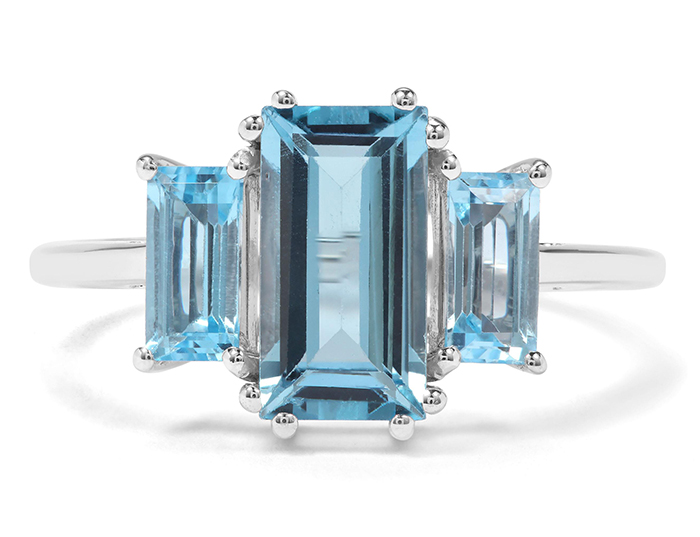
If it wasn’t already obvious, the baguette cut is named for nothing other than its shape. A simple-looking but always beautiful design, gemstones with this cut are either rectangular or trapezoidal in shape. Therefore, for this stone to be as mesmerising as possible, it must be cut symmetrically with its lines completely clean.
Baguette cuts are subtle, but pack a huge punch in terms of bringing out a gemstone’s lustre and brilliance. So, it’s a perfect choice for a Valentine’s Day gift.
For more information on the Baguette cut, click here.
BRILLIANT
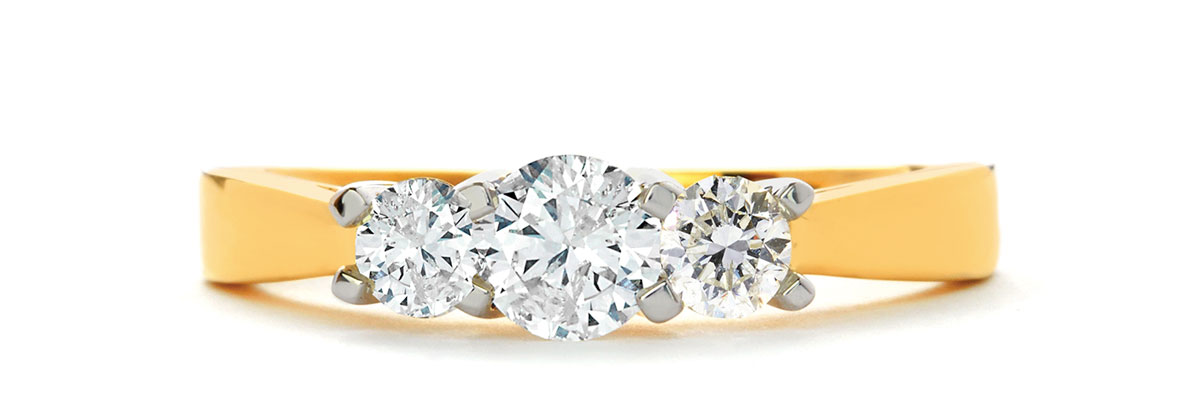
Also known as the round cut, the brilliant cut is often used for transparent gems, and is the perfect shape for bringing out the brightest possible light. This is one of the reasons why the brilliant cut is the most popular cut for Diamonds.
The modern round brilliant cut consists of 57 facets, and sometimes 58 if a small one is added running parallel to the crown, at the exact point where the pavilions meet. If this is the case, there are 25 facets cut on the pavilion, and 33 cut on the crown.
If you’re thinking of gifting someone a brilliant cut gemstone, there’s an easy way to spot one – if the shapes of the facets appear to be a mixture of triangles and kites, then you have yourself a brilliant cut. It's also important to note that the cut is not exclusive to round shape gemstones either, so your opportunities for brilliance really are endless.
For more information on the Brilliant Cut, click here.
OVAL

Oval cut gemstones are popular due to being able to accentuate long and slender fingers. The standard number of facts on an oval cut is 56, but this can often vary.
Oval cuts can display a brilliance that’s similar to a round brilliant cut; however, the difference is that an oval cut’s table facet is bigger. This means that, while round brilliant cuts can often hide flaws and inclusions, the oval cut shows everything – therefore, oval cuts are most often used to flaunt gems with top-quality clarity and colour.
As oval cuts lack corners, they’re less likely to chip – so it’s safe to bet that the cut works extremely well with rings, and engagement rings in particular.
For more information on the Oval Cut, click here.
PRINCESS
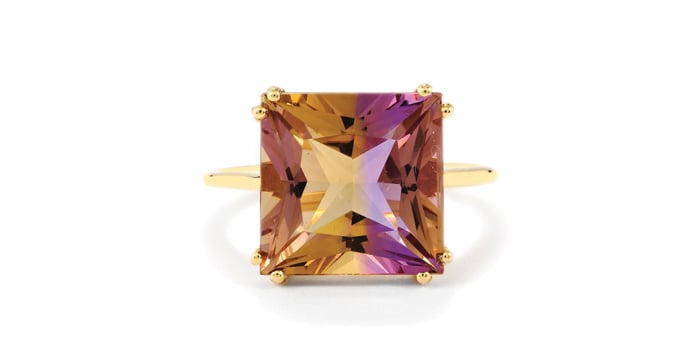
First introduced in the 1960s, the princess cut is essentially a modern take on the classic brilliant cut, but is square rather than round.
Due to their alternative shape, lapidarists can be slightly rougher when cutting the stones – mainly because straight edges allow for it. This also means that princess cut stones can also be more affordable than round brilliants.
Princess cuts offer the same amount of beauty as brilliant cuts, however the existence of corners means that they’re more prone to chipping – which is something that should be kept in mind when choosing a Valentine’s Day gift.
For more information on the Princess Cut, click here.
FANCY
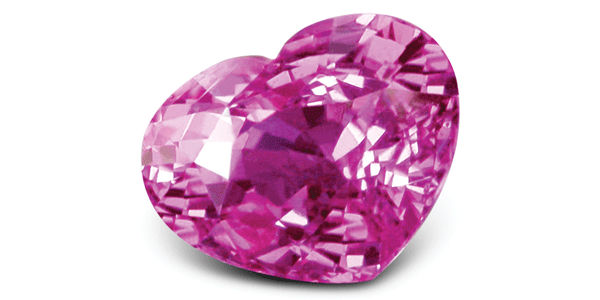
Although the art of lapidary is always something to be marvelled, the creation of a ‘fancy cut’ gemstone is one of the most skilful art forms in the world.
In short, a fancy cut gem is a stone that doesn’t fall into a typical category, such as a brilliant or princess cut. They're also known as ‘freeform cuts’, and are often used to gain as many gems as possible from a rough stone. According to the GIA, ‘small freeform’ cuts refer to stones with six or less sides when viewed from the top, and ‘large freeform’ cuts refer to those with more than six sides.
Fancy cuts are becoming more and more popular in recent years; this is mainly due to us having a higher understanding of how certain gemstone cuts reflect and refract light, and due to the way the skills of lapidarists increase over time. Our very own special guest Glenn Lehrer is one of the world’s masters of the fancy cut, and we’re privileged to be able to have him as one of our close Gemporia friends.
Fancy cut jewellery is a thoughtful gift – for more information about the Fancy Cut, click here.
HONOURABLE MENTIONS...
EMERALD
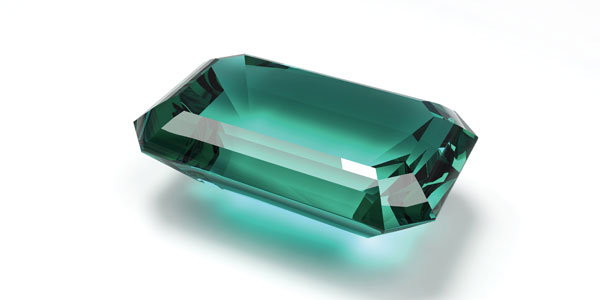
If it wasn’t already obvious, this cut was used when cutting Emeralds, which resulted in its current popularity. With an average of 50 facets, the Emerald cut is rectangular in shape and works to represent the stone’s colours – therefore, it’s best to use bold and vibrant gems for this one.
To achieve an emerald cut, lapidarists must use step cuts that run parallel to the gemstone’s girdle. This makes the light reflect off the stone in a sheet-like manner, and creates an effect that’s completely mesmerising to the naked eye.
For more information on the Emerald Cut, click here.
PEAR
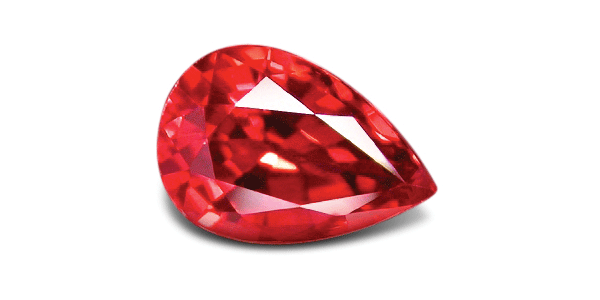
Often made up of 58 facets, the pear cut can also be known as the ‘drop cut’ or ‘tear drop cut’. Commonly used on Diamonds, the pear cut can bring out a similar amount of lustre and fire in a Diamond that the round brilliant cut can, and often the pointed end of the pear cut can light up like a fiery beacon.
Similar to the oval cut, the pear cut comes with a lack of corners – therefore, they’re less prone to chipping, making them a very desirable cut for rings.
For more information on the Pear Cut, click here.
Clearly, there are so many gemstone cuts to choose from when buying jewellery that it’s hard to know where to start. These are just a few of the vast array of cuts we have for you to choose from, and we’re sure that whichever cut you choose will be the perfect gift for your Valentine.
SHOP FOR VALENTINE'S DAY

